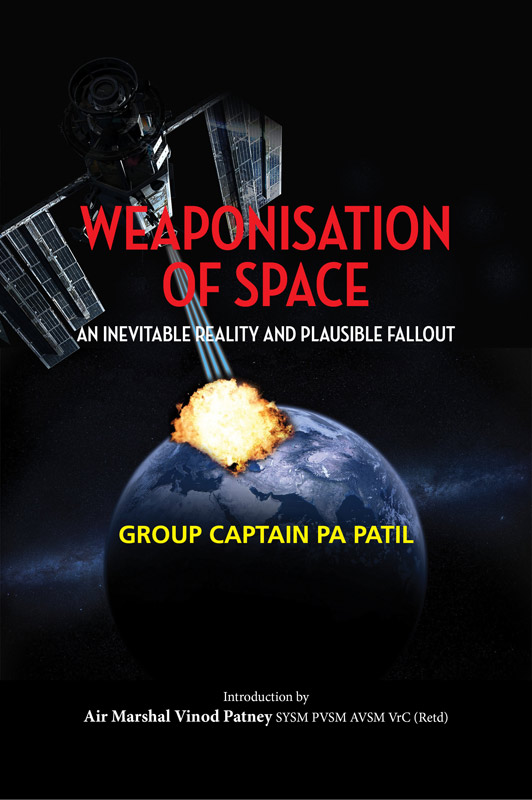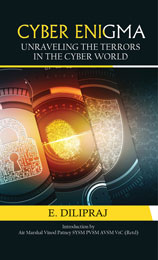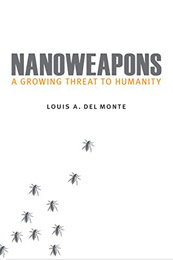Subjects
Weaponisation of Space: An Inevitable Reality and Plausible Fallout
PA Patil
Militarily, use of space-based assets, when integrated with operations, assumes importance as one of the many force multipliers. As on date, outer space is being extensively used by the armed forces for varied services which include navigation, intelligence, surveillance, reconnaissance, environmental monitoring and advance warning. The command and control in today’s net-centric environment also depends on space resources. Thus, the use of outer space with space-based assets in support of military operations leads to the deduction that space as a medium stands militarised.
Of late, many of the dominant nations have developed, or are expanding, capabilities to attack the space-based assets of potential adversaries to disrupt command and control structures. Countries like the US and China are contesting for space supremacy and working towards developing space-based weapons capable of being delivered from space-based platforms. These developments, in turn, are infusing a sense of insecurity amongst other international players, including India, and have raised concerns worldwide. Development of space-based weapons by any state has the potential to ignite a new arms race in space as many countries now possess the wherewithal for launching space-based assets capable of carrying the required payloads. Thus, from the present capability of ‘militarisation of space’, we seem to be graduating towards ‘weaponisation of space’.
As outer space has been designated as one of the ‘global’ commons, any sort of deployment or employment of space weapons raises concerns and any use of space-based weapons will have unpleasant cascading effects. In the absence of any international curb or law on space weaponisation, it continues to be a conceptual possibility as well as an empirical reality.
Group Captain PA Patil was commissioned in the Indian Air Force (IAF) as an Aeronautical Engineer (Electronics) on March 12, 1990, after he graduated in Electronics Engineering. He holds a Master of Technology degree in Communication Systems from IIT, Kanpur. He also attended the Defence Services Staff College, Wellington, where he was awarded a Masters degree in Defence and Strategic Studies under the aegis of Madras University.
Trained and experienced in the Air Defence Ground Environment System (ADGES), he holds vast experience in the technological field of Air Defence. After his initial tenures in maintenance and upkeep of ADGES radars, he worked as a Senior Instructor in the specialised fields of radar systems and Electronic Warfare. He was commended for his exemplary work by the Chief of the Air Staff in the year 2000.
He contributed in the setting up, and commissioning, of the radar work stations and was responsible for the induction of the Automatic Test Equipment at the Base Repair Depot of the IAF.
This book was written by him while he was Senior Fellow at the Centre for Air Power Studies, New Delhi.
Contents
Acknowledgements
Introduction
Acronyms
1. Pursuit for Space Supremacy
2. The Quest for Space Weapons
3. Kinetic Kill Space Weapons
4. Directed Energy Weapons
5. Cyber Attacks on Satellites: A Paradigm Shift in ASAT Technology
6. United States, China and Space Weapons
7. Implications of Space Weaponisation and its Global Fallout
8. Space Weaponisation and the Legal Framework
9. Space Weapons: Indian Context and Futuristic Roadmap


 Political Science
Political Science


